Do you hear a rubbing noise when turning your car, and you’re wondering what might be causing it? You’ve come to the right place, for we have researched this question, and we have the answer for you.
There are a few causes of a rubbing noise whenever you turn your car. Here are some of the most common ones:
- Cracked or worn brake pad rubbing against the brake rotor
- Tires are rubbing against the inside surface of the wheel well
- Worn-out bearing in the steering wheel column
- The steering wheel cover rubs against the steering wheel column
- A worn-out steering rack
Read about these five possible causes in the succeeding sections to learn more about them and what you can do to fix the issue. Read on!
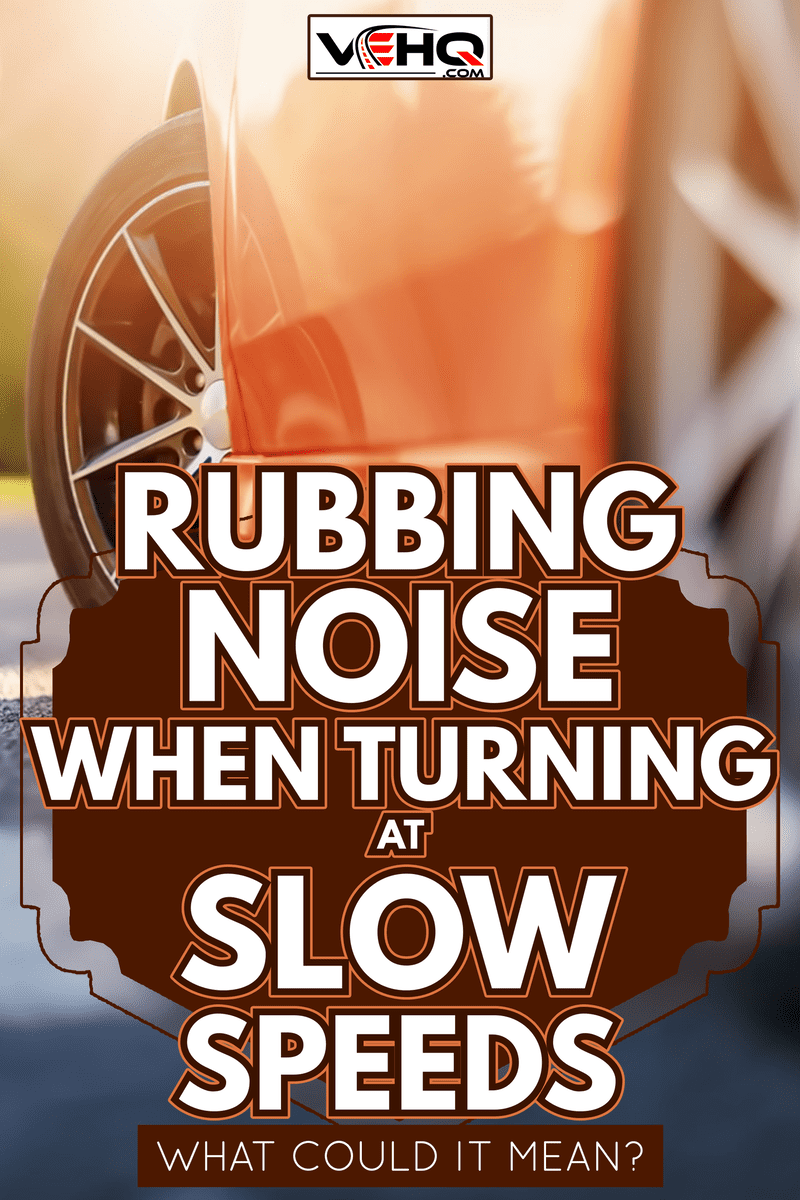
Why does it sound like something is rubbing in the brake area?
The most common cause of a rubbing noise in the tire area is a cracked brake pad.
A cracked brake pad becomes uneven and can rub against the brake rotor even when the brakes are not engaged. This sounds like a rubbing noise in the tire area. This noise is sometimes heard only when turning because there can be a little movement in the brake area, pressing the pad to the rotor, when you turn.
Another cause of a rubbing sound is when foreign material, like a small rock, finds its way between the brake pad and the brake rotor and stays there. This foreign object should be removed immediately because it can make deep scratches on your brake rotor and damage the brake pad.
A worn brake pad and brake rotor will also make the same noise.
How to check brake pads for issues?
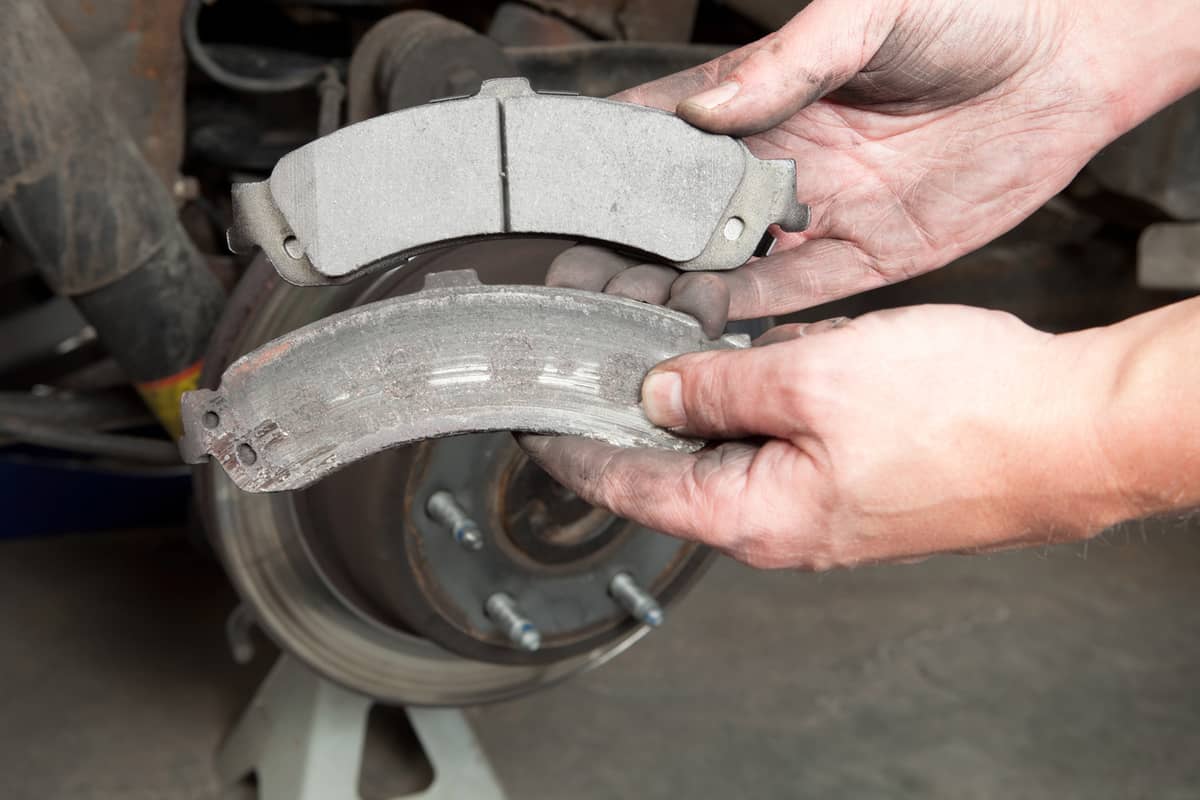
- For safety purposes, place a wheel chock on the wheel opposite of what you’re going to jack up. If you’re going to jack up the left front wheel, place a wheel chock on the rear left wheel.
- Jack up the wheel where you hear the rubbing noise.
- Turn the wheel and listen to the rubbing noise to verify.
- Remove the nuts securing the wheel in place and set them aside.
- Pull out the wheel and set it aside.
- Check the brake pad for any debris that is caught between the pad and the brake rotor. Remove any debris that you find there.
- Loosen the lower caliper bolt from the back of the brake assembly using a wrench and a socket. If the bolt is too tight, use a sledgehammer to hammer the wrench to help loosen the bolt. Remove the bolt and set it aside.
- Loosen the upper caliper bolt from the back too. This time do not remove it completely from the bolt.
- Slide the brake caliper upward with the upper bolt acting as a hinge.
- Inspect the brake pad for cracks or damage. Check the brake rotor for signs of wear and damage too.
- Replace your brake pad if it is less than or at almost the thickness of a quarter dollar coin.
Keep in mind that replacing your brake pads should always be done in pairs. If you’re going to replace the brake pad on one wheel, chances are, the brake pad on the opposite side will be almost worn out too. If you hear sounds like clicking or squealing from the brake area, then it could be a sign that you need to replace the brake pads.
See the Power Stop K6268-36 Z36 Truck and Tow front and rear brake kit on Amazon.
Why do my tires feel like they’re rubbing against something when turning?
This issue is commonly caused by a recent change in the size of the wheels and tires. Increasing the size of the tires or the wheels is a common modification to improve the vehicle's appearance or performance.
Unfortunately, the wheel well is often built to accommodate the size of the stock wheel. Thus, an increase in the wheel or tire size will reduce the available clearance inside the wheel well. A drop in available space inside the wheel well will cause the tires to rub against the inner surface of the wheel well when you’re turning the car.
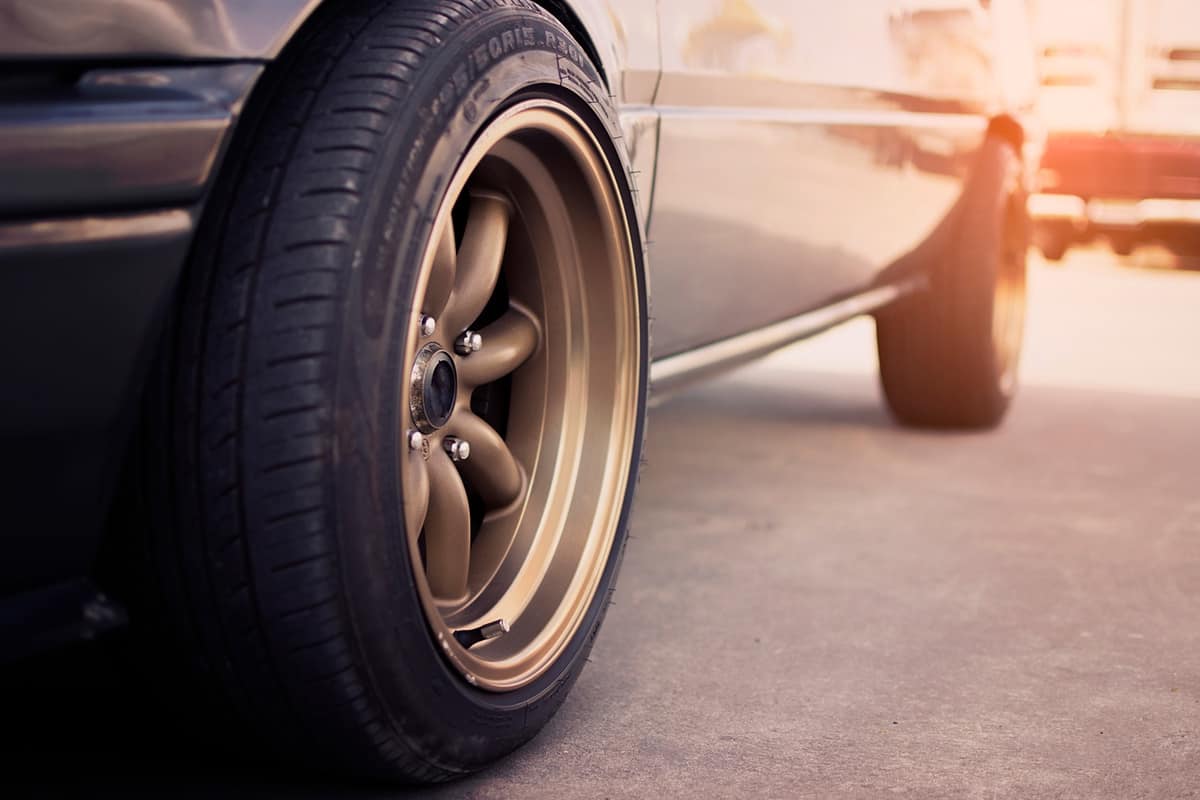
Changing the wheel offset
Most people think that as long as the tire size remains the same—diameter and width—there will be no problem. This is far from the truth. The wheel or tire size is not the only reason that can cause the tires to rub against the inside of the wheel well whenever your car is turning.
A change in the wheel offset can cause your wheel to become too close to the wheel's surface well and cause rubbing. This can happen even though you did not change the size of your wheel or tires.
Wheel offset is the distance of the wheel’s centerline to the mounting surface of the hub. The overall offset is measured in millimeters and results in a positive number, a negative number, or a zero.
A negative number means that the position of the hub mounting is off the center and is closer to the brake area. A positive number means that the position is farther away from the brake area. You get a zero when the hub mounting is aligned with the center of the wheel.
Adding a wheel spacer
Wheel spacers can be added to a car to improve the fit of a wheel or for purely aesthetic purposes. It allows large wheels to reduce the possibility of rubbing by creating clearance between the hub mounting and the internal wheel well surface.
However, wheel spacers do not always work as intended.
Moving the wheel away from the interior surface can cause the tire to rub against the outer wheel well liner or against the fender whenever you turn your car.
How to check the inside wheel well for tire rubbing
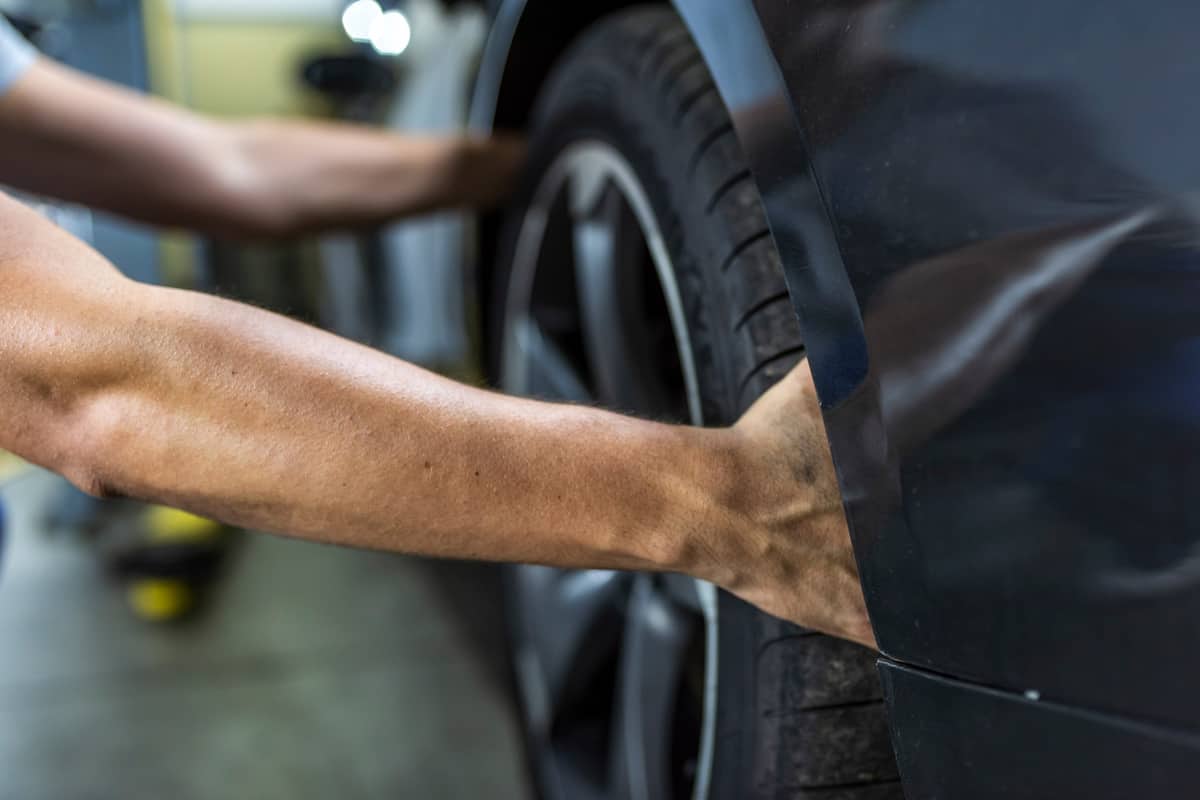
Wheel wells are normally always dirty. Any visibly cleaner area than the rest of the wheel well surface is a sign of tire rubbing. Extreme cases of tire rubbing can lead to holes in the wheel well liner.
It is easy to see the inside surface of the wheel well in trucks or SUVs. However, you will need to remove the wheels to view the inside of the wheel well in cars.
Identifying where your tires rub against the wheel well will give your mechanic a starting point in adjusting the wheels to address the issue.
Tire rubbing without tire or wheel changes
If this is the case, then the culprit is a failing suspension system. A suspension is made of springs that can wear out over time. Springs naturally lose elasticity over time.
Your vehicle can still have a normal height even with a failing suspension. The suspension can lose its shock dampening capability and still be able to maintain your vehicle at its regular height. In this case, it is best to have your suspension checked by a mechanic.
A problem with the suspension system should be taken care of as soon as possible. A failing shock absorber gets worse fast, and it can cause your car to become unstable.
Instability can easily become a recipe for accidents.
Why is my car making a rubbing noise when I turn?
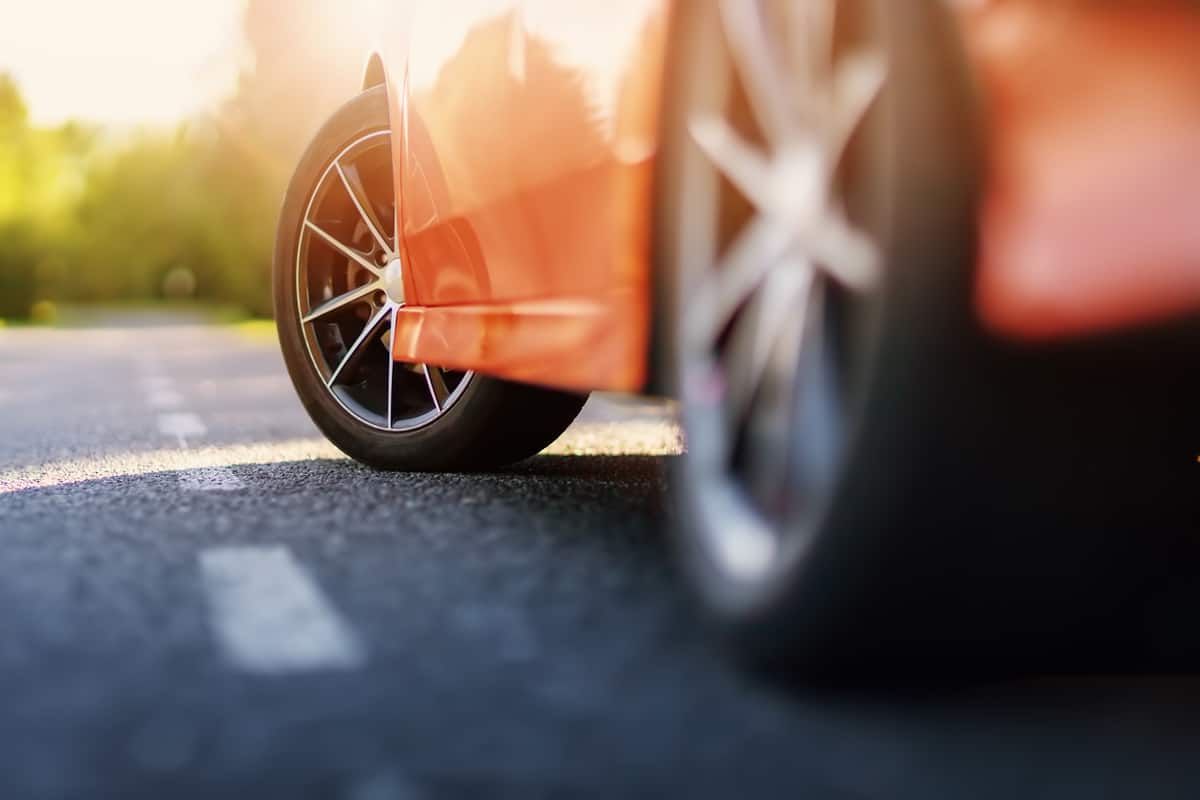
Another possible source of the rubbing noise when you turn is the steering wheel. When the bearing of the steering column starts to wear out, it will generate a rubbing noise whenever you turn.
The purpose of the bearing is to reduce friction when you turn the steering wheel. A worn-out bearing will no longer be able to reduce the friction and will start to rub against the surface of the steering column.
However, not all rubbing sounds when turning are caused by a failing bearing. The steering column will also generate a rubbing sound if the cover of the steering wheel is out of alignment. This issue causes the steering column to rub against the cover whenever you turn.
How to fix the rubbing sound from the steering wheel?
Unfortunately, this problem is best handled by a mechanic. The steering wheel uses different kinds of systems that can be overwhelming to troubleshoot and repair.
Why does my car make a noise when I turn slowly?
Another problem with the steering wheel can create a rubbing noise when turning. This problem can only be heard when the car is making a turn at slow speeds. It disappears at high speeds.
A worn-out steering rack will start to make noise whenever you turn your car. A loose feel normally accompanies this problem on the steering wheel.
You might also notice that your car no longer stays in the center or veers off to one side when you’re driving. You might also notice that your steering wheel shakes when you’re driving even though you’re not driving over a rough road.
How to fix a possible worn-out steering rack?
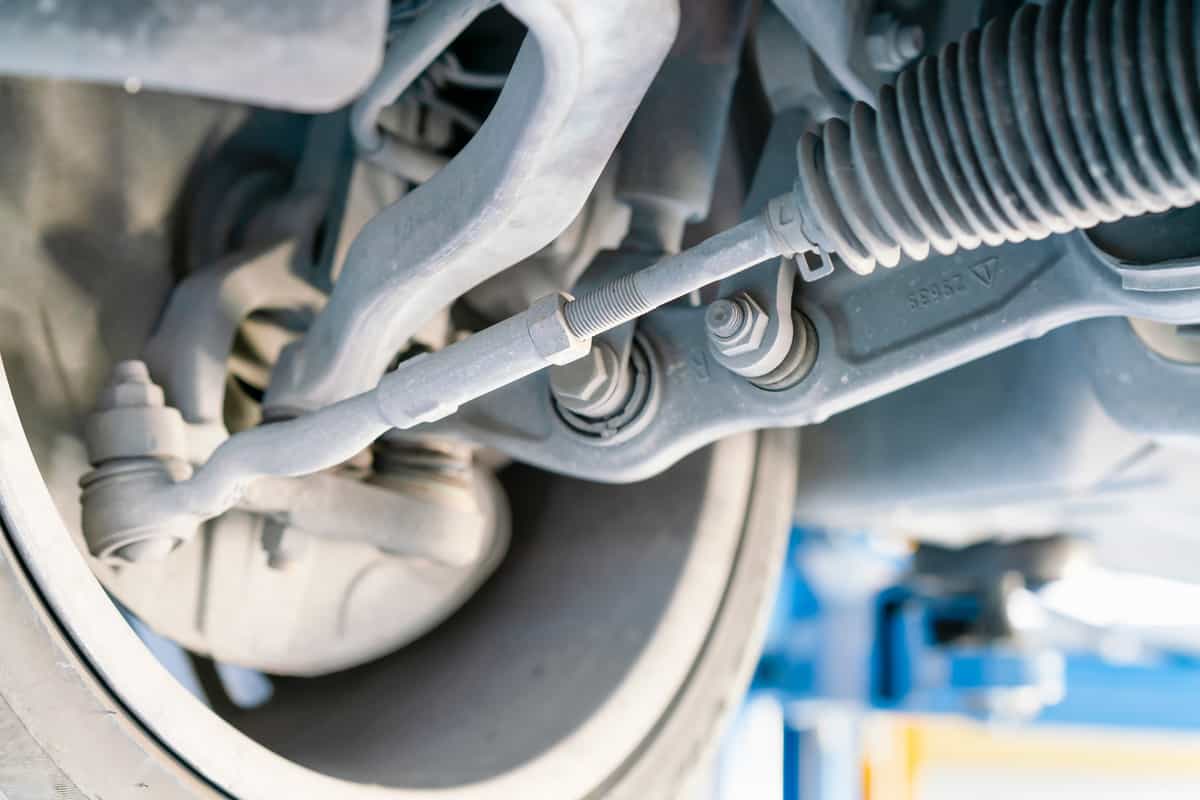
This problem is also best diagnosed by a professional mechanic. Several other issues have similar symptoms. A professional mechanic can diagnose the problem and identify whether the problem is really a worn-out steering rack or something else.
Conclusion
Several common issues can cause your car to generate a rubbing noise when you’re turning at slow speeds.
If you enjoyed reading this article, you might find the articles below equally enjoyable to read:
Rattling Noise In Car When Accelerating—What Could Be Wrong?
Hissing Noise From Car But Stops When Braking—What Could Be Wrong?

